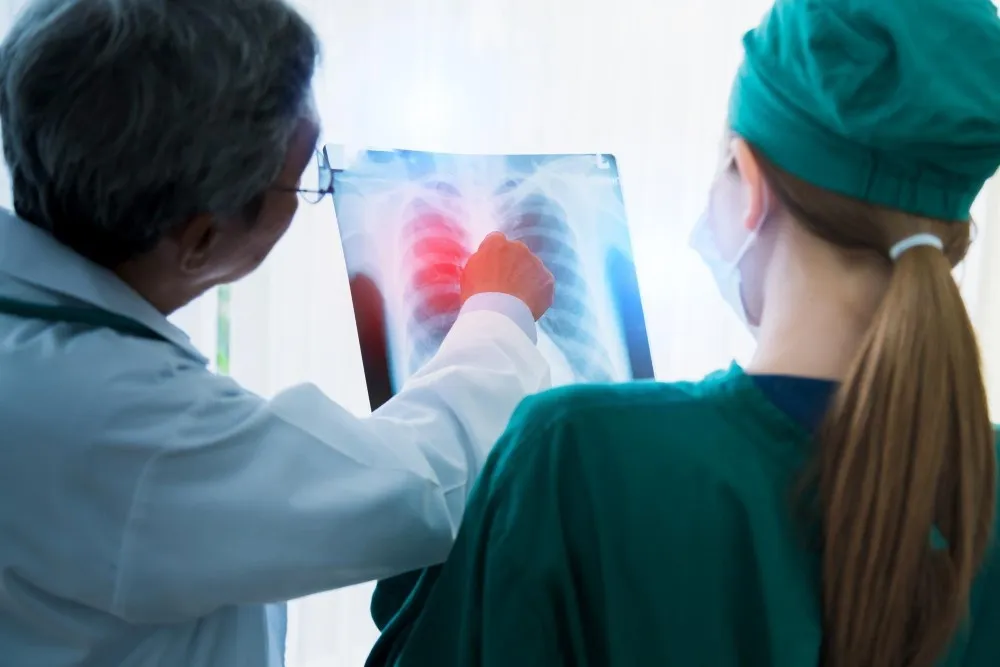Abnormal groupings of germ cells, which become tumours, tend to develop in the testes or ovaries. Sometimes due to the fact that germ cells can settle in other places along their way to the reproductive organs, tumours can form in those areas as well.
The most common places for germ cell tumours outside the reproductive tract are the mediastinum (the part of the chest which is between the breastplate and spine), abdomen, tailbone and pelvis. Some also may develop in the central nervous system.
Causes
The cause of germ cell tumours is not known. Doctors, however, are aware that certain medical conditions can put a child at greater risk to developing a germ cell tumour. These medical conditions include birth defects, which can affect the central nervous system, urinary tract and spine, as well as certain genetic conditions, which result in missing or extra chromosomes.
Symptoms
Many times a child with a germ cell tumour may have few symptoms or no symptoms at all. But as the tumour grows, a mass may be felt or even be seen in the abdomen or anywhere else in the body. Other symptoms of a germ cell tumour can include constipation, trouble-holding urine weakness in the leg if the tumour is pressing on the nerves present at the base of the spine and a testicle, which is abnormal in shape or size.
Diagnosis
If your doctor suspects that your child has a tumour, he will perform a thorough physical exam along with these tests:
- Imaging studies.These include - CT scan, MRI, X-ray, bone scans and ultrasounds. These tests are helpful in determining the size and location of the tumour along with understanding if the cancer has spread to other parts of the body.
- Biopsy. A biopsy the process of removing a piece of tissue is from the body for further examination in a lab. This helps doctors make a diagnosis and choose the most appropriate treatment for your child. A biopsy can often be done laparoscopically (a small incision made and a camera inserted to guide the doctor's movements) instead of with a general invasive surgery.
- Blood tests. Tests like a complete blood count (CBC), blood chemistries and kidney and liver function panels can give important data about how well the other organs are functioning inside the body. If it is suspected that the tumour is related to an underlying genetic condition, the certain genetic tests might be done too.
Treatment
Children with benign (non cancerous) germ cell tumours undergo surgery to remove the tumour. Those with malignant (cancerous) tumours will receive treatment after they go through a process called staging, a classification system (Using roman numerals l-lV) that helps doctors determine how far the cancer has progressed in the body. It takes into account things including the size of the tumour, how deeply it has penetrated an organ, and whether or not it has metastasized to nearby or organs.
The best way to treat these tumours is through surgery, chemotherapy or radiation.
Join our Cancer group for regular updates.
List of Best Cancer Doctors across India
Best Oncologist in Delhi NCR | Best Oncologist in Mumbai Region | Best Oncologist in Kolkata | Best Oncologist in Hyderabad | Best Oncologist in Chennai |

Reviewed by







